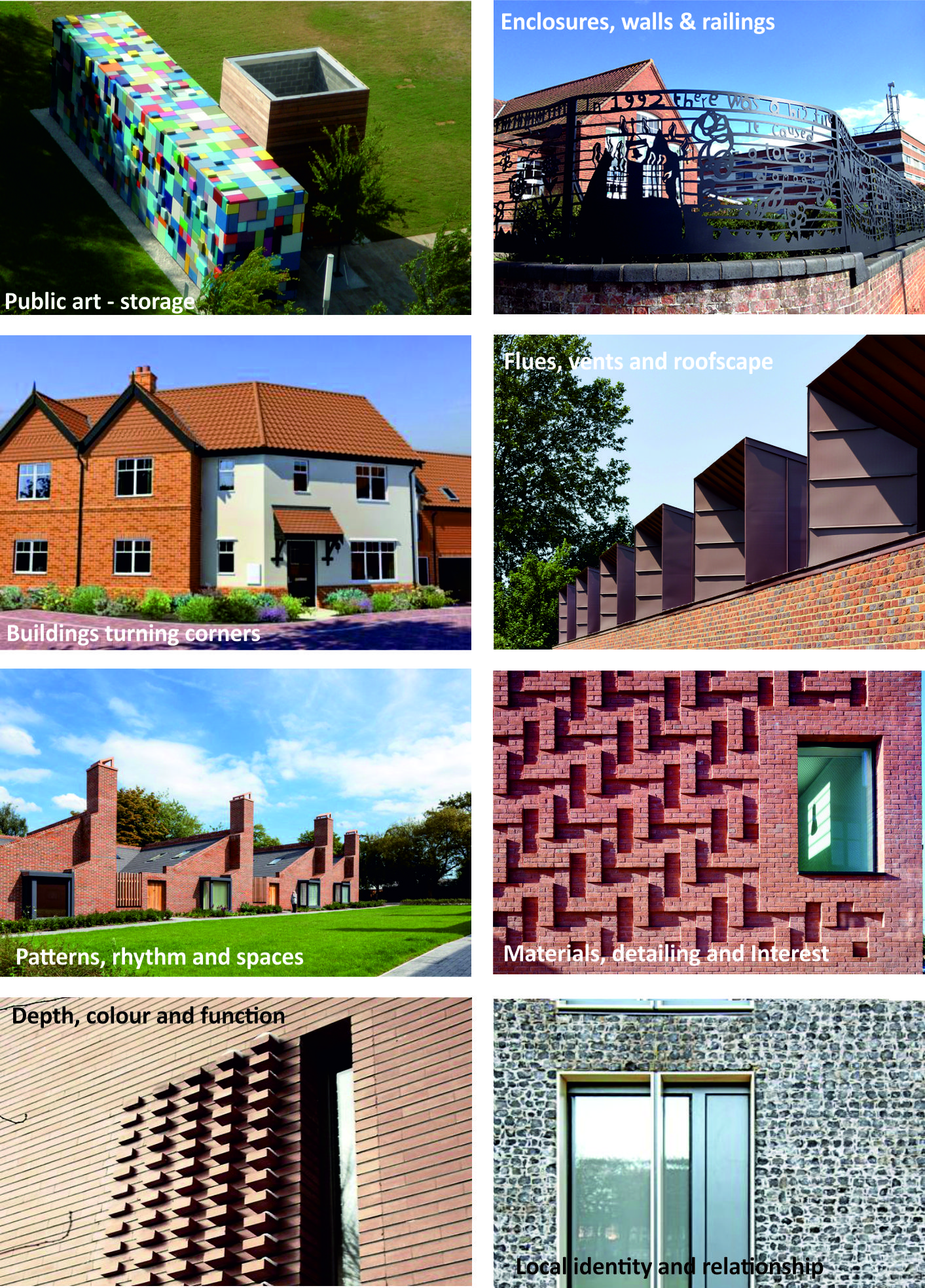Legibility refers to the extent to which a pla ce is recognisable and coherently organised. A legible layout very much contributes to identity, improves distinctiveness, and enables clear, memorable images of place. This in turn promotes use, aids navigation and helps vitality, choice and activity.
A successful development should include well-ordered, defined streets and strong relationship between uses, buildings, routes and spaces. A clear and logical structure is fundamental to legibility.
Vistas, terminations, glimpses, detailing and landmarks can all help secure legibility. Routes must have purpose and enable people to permeate, remember and experience a place. They must be clear, direct and well defined built form or landscaping. Framed views and vistas in and out of the development will assist wayfinding.
The way in which views are terminated is key to legibility. Layouts that include views ending in blank walls , parking courtyards or ill-conceived elevations, indicate a negative ‘dead-end’, confuse navigation and are generally hotspots for crime. These types of dead ends should be avoided where possible.
Strong public realm, coherent street patterns and key buildings all provide indicators to aid legibility. To signal or emphasise a development entrance or nodal point, it is often important to mark the entrance e as a gateway with some kind of interesting design feature such as an enclosure or landscape feature or planting. Public art often plays a key role in securing and enhancing legibility and placemaking.

Wayfinding Features